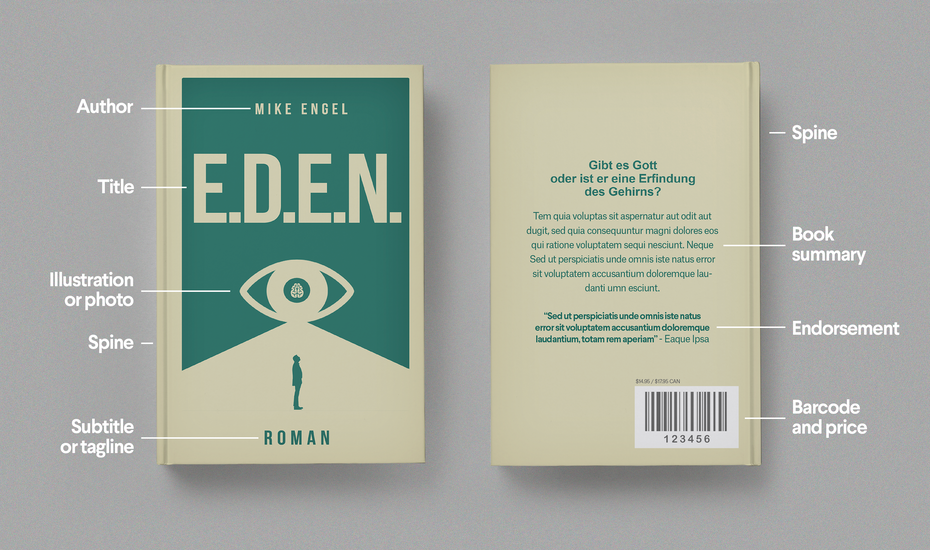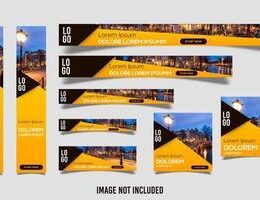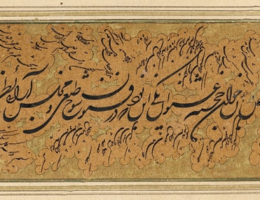IRAN ART EXHIBITION: HOW COVER OF A BOOK IS DESIGNED?
Cover creation is the very last creative step when publishing a book. That’s because almost everything about the anatomy of a book cover is controlled by the final, edited version of the book: the trim size, paper color and number of pages all determine your cover’s dimensions. There is never a good reason to design the cover before the final draft is finished, because doing so is likely to mean you’ll need to do it again anyway.
Whether you’re a self publishing author or an independent publisher, you need information about what your target audience wants so you make sound, data-driven business decisions. Before you start on cover design, research 20 to 50 books in your genre, dissecting each cover into parts. Note the front cover, back cover, spine, layout, picture, fonts, and other elements of each cover.
Make quick notes on each cover. Which made you want to read them? Look for themes that your most intriguing research covers share. Once you’ve completed your writing and editing and done your research, you are ready to get started on your cover design.
Cover design and layout
Book cover design is comprised of text and images. In order to get the layout right, you need to think about the single message you want your cover design to communicate. What is the one feeling or idea you want to convey? Whatever message you decide to feature, make sure every element from color and image to typeface and text supports it.
IRAN ART EXHIBITION: Once you know your message, think about how you can best convey it. If you want to set a romantic tone, perhaps the main design element should be an image with double meaning. If you’re going for mystery, you might want your clever title to dominate, and a vague, shadowy image to support (but not overshadow it). Or perhaps you’re an author with a brand name, and you really want people to know this is a book by you. Then make your byline the biggest.
Not sure the best direction for your book? Check out our post on designing covers for any genre.

Front cover
The front cover is the first of the physical parts of a book. It has one purpose: to sell the book by intriguing the right readers.
The essential elements of a front cover include title and author name. Optional elements include the subtitle (if there is one) and photos, background images or graphics.
Imagery
Of all the different parts of a book cover, this is arguably the most important. Choose a photo, graphic, illustration—or make a statement with a plain color—that will attract your target audience. It needs to communicate what the book is about while drawing in your reader. Use the visual element to create anticipation, a mood, or expectations. Remember, this is not a place to skimp; the visual component of your cover is the first thing your potential reader will see, and what they will remember. Make sure it is professional looking.
Typography
IRAN ART EXHIBITION: The fonts you select communicate more than the words they spell out, so choose based on the content and tone you’re aiming for. Don’t get so creative with fonts that your title and other information is tricky to read. Set the right mood with your font; choose a more flowing font to suggest romance, a whimsical font for humor, and a bold, strong font to create a sense of drama or adventure.
Title
Think like a reader, not as the author. Aim for clarity, not cleverness. Your title is the first (and sometimes the only) thing people read. Does it communicate what the book is about visually? Your goal is to use visual elements and design to show potential readers what the book is about and create a feeling in them that gives them a sense of what reading the book will be like.
Subtitle
Use a subtitle only if it is needed to clarify or elaborate on your book’s topic. Ideally your subtitle compliments the title and adds additional descriptive detail. If it makes sense—and especially if you’re going to be epublishing—include any searchable keywords that are not in your title.
Back cover
Your front cover did its job if the shopper made it to the back cover; it got them interested enough to give the book a second look. Now it is the job of the back cover to draw them in so much that they feel compelled to buy the book.
The most important part of the back cover is a description of the book that offers up enough detail to ensure that the shopper can’t say “no” to buying it.
IRAN ART EXHIBITION: The back cover of a paperback should also include a headshot, your bio and your credentials if the work is academic or professional. (This often goes on the interior book jacket flap for hardbacks.) Readers love to know more about the author, and details about who wrote the book can help the description seal the deal.
The back cover should also leave room for the International Standard Book Number (or ISBN code) and the barcode that goes with it. Since 2007 all books have had 13 digit ISBN codes. Finally, the back cover should include any book reviews, and if it’s related to the book, your company logo.
Description or panel copy
This should briefly summarize different parts of your book and give the highlights, like a movie trailer provides a teaser for viewers. It should show readers why they need to read your book and let them know what they can expect; it’s an ad for the book. It is not your personal statement on why you wrote the book.
Book reviews and endorsements
Book reviews and endorsements are selling points for many target readers and they help lend the book credibility. They are just like celebrity endorsements of products in television commercials.

Your author bio
This should be short—about three sentences. If your book is fiction, get your personality across as you say who you are and describe your most recent accomplishments. If your book is nonfiction, establish your credentials as you describe yourself and your recent work. Use your author bio to sell yourself as part of the book and connect with readers.
Spine
IRAN ART EXHIBITION: Finished books that are more than 130 pages long also need spine text that shows the main title and author’s last name as part of the cover design. Make it easy to read, and be sure it can be viewed sideways.
Cover types
On hard cover books, reviews are often featured on the back cover while bios are placed on the interior back flap and panel copy on the interior front flap.
All physical books are either casebound (hardcover) or paperbound (softcover). Casebound books are sometimes issued with paper covers, which are typically called dust jackets or case wraps. Paperbound books are usually covered in printed heavy weight paper. All of these book cover types do the same things:
• identify the books
• act as advertisements
• establish a feeling or mood for potential readers
• communicate critical endorsements and other selling points to potential buyers
Templates
Each print-on-demand publisher provides a unique cover creation template based on the number of pages, color of paper, and trim size their platform requires. A template will highlight the space for the barcode, for the margin around the edges (called the bleed), and leave you with the “safe space,” the usable space for your design. These templates are for use in graphic design programs like InDesign or Photoshop.
Here are links to a few of the most popular options:
• CreateSpace
• Lightning Source
• IngramSpark
Conclusion
IRAN ART EXHIBITION: A fantastic book cover is an investment, and a sure way to get the right effect even if you’re not a professional artist and designer. A professional, beautiful cover that really sells your book is a valuable promotional tool; a traditional publisher would never skip this step, and you shouldn’t either.






